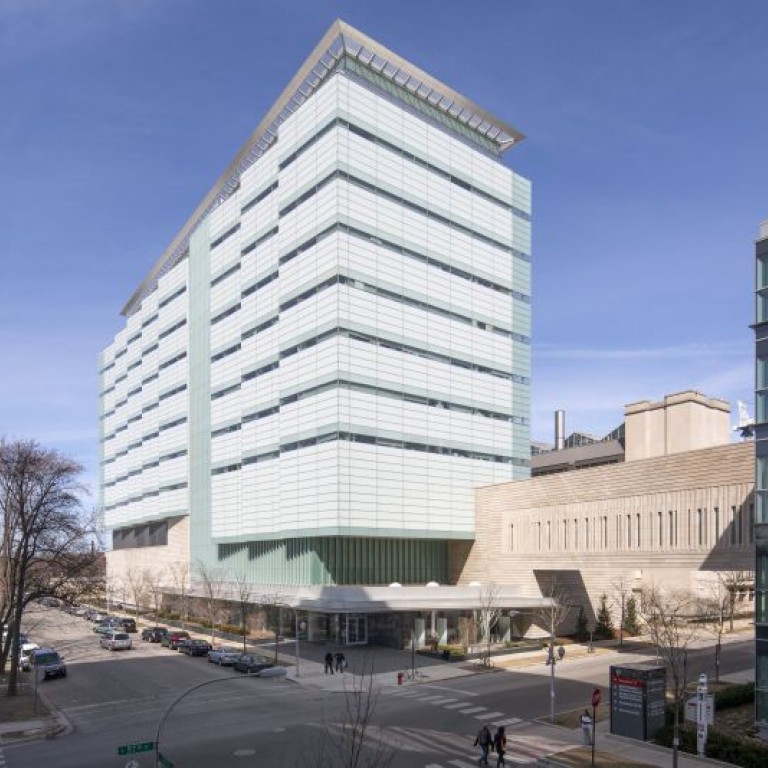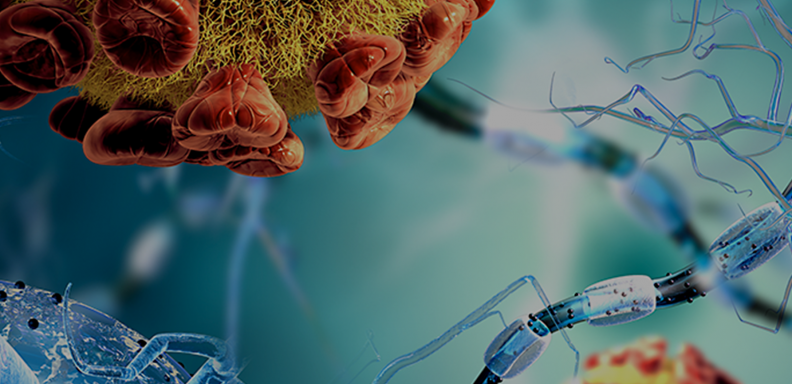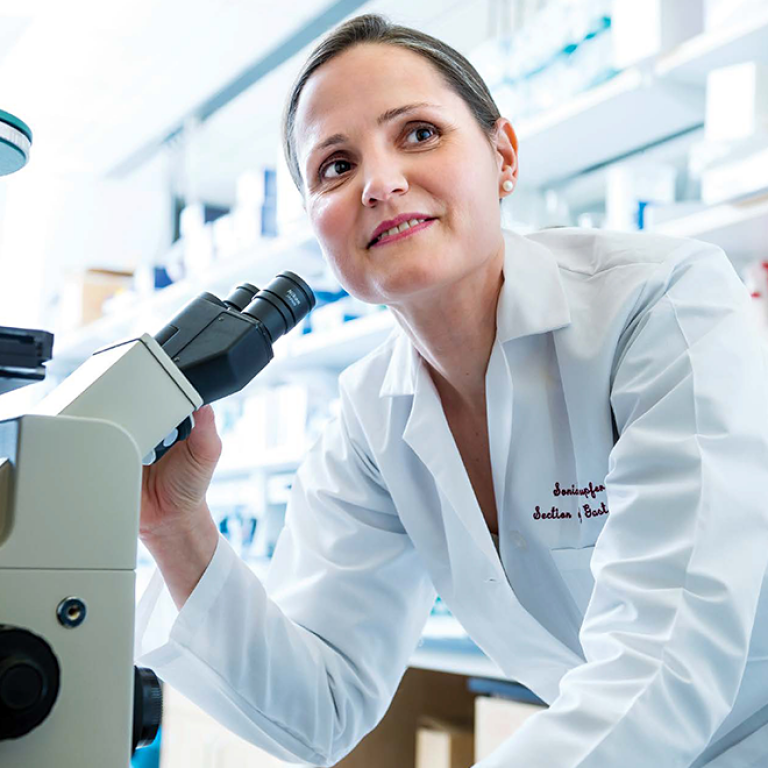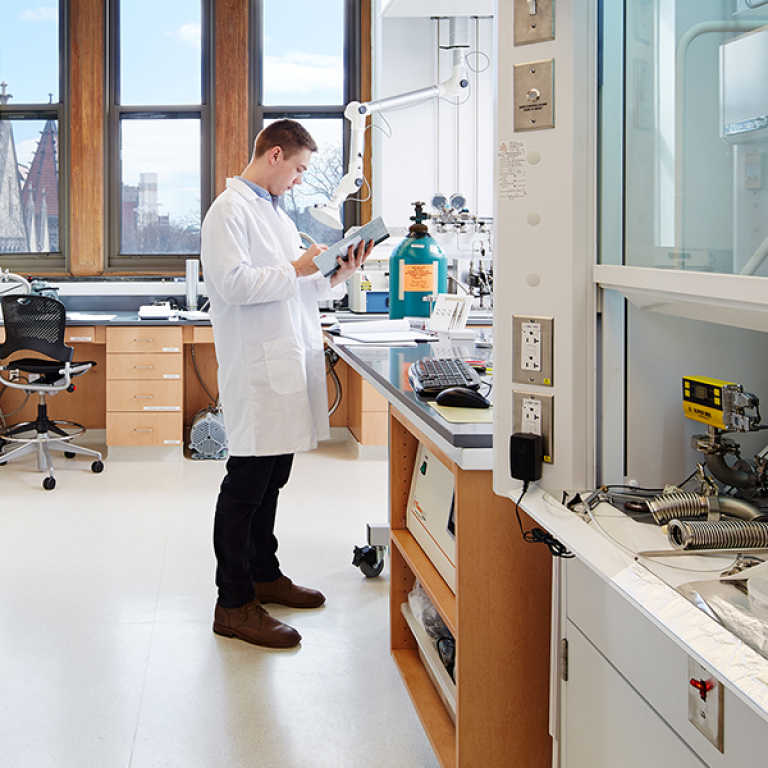On September 10, 2025, Mark Anderson, MD, PhD, Executive Vice President for Medical Affairs and Dean of the Biological Sciences Division and the Pritzker School of Medicine, kicked off the new academic year with an installment of the Basic and Translational Seminar Series in Cardiovascular Research. Drawing on his career as a physician-scientist that spans electrophysiology, ion-channel biology and kinase signaling, he delivered “Repurposing Drugs and Hot Hearts,” a two-part seminar that showed how fundamental discoveries can be turned into practical ideas with clinical potential.
The first half of Anderson’s presentation focused on a workhorse heart enzyme, CaMKII (calcium/calmodulin-dependent protein kinase II), whose overactivity has been tied to arrhythmias and heart failure. Because existing tools to observe the enzyme in action were limited, his lab at Johns Hopkins University built a fluorescent reporter to track CaMKII activity in living cells and then screened thousands of existing compounds for unexpected effects. A familiar drug, ruxolitinib — approved for other indications — emerged as a surprisingly strong CaMKII inhibitor in the heart. In patient-derived cells and mouse models of a genetic rhythm disorder, the drug dampened abnormal calcium sparks and made dangerous rhythms harder to trigger. The takeaway was pragmatic: repurposing well-characterized medicines can uncover near-term options for acute cardiac problems while avoiding concerns about memory that have slowed development of brain-penetrant CaMKII inhibitors.
Anderson’s presentation then pivoted to a deceptively simple question: Why does heart rate climb on a hot day? His group has also showed that the heart’s natural pacemaker cells respond directly to small temperature changes through a channel called HCN4. Two amino acids in that channel act like a built-in thermostat: warm the cells slightly and they beat faster; alter those residues and the temperature response largely disappears in multiple model systems. The result reframes a textbook phenomenon as cell-autonomous biology and hints at broader implications as extreme heat events become more common.
Seminars like this connect dots between basic mechanisms and bedside needs, between labs that might not otherwise intersect, and between trainees and the kind of questions that change medical practice. By bringing institutional leaders to the podium, the series gives the UChicago biomedical research community a place to share ideas and accelerate the path from discovery to better care.



